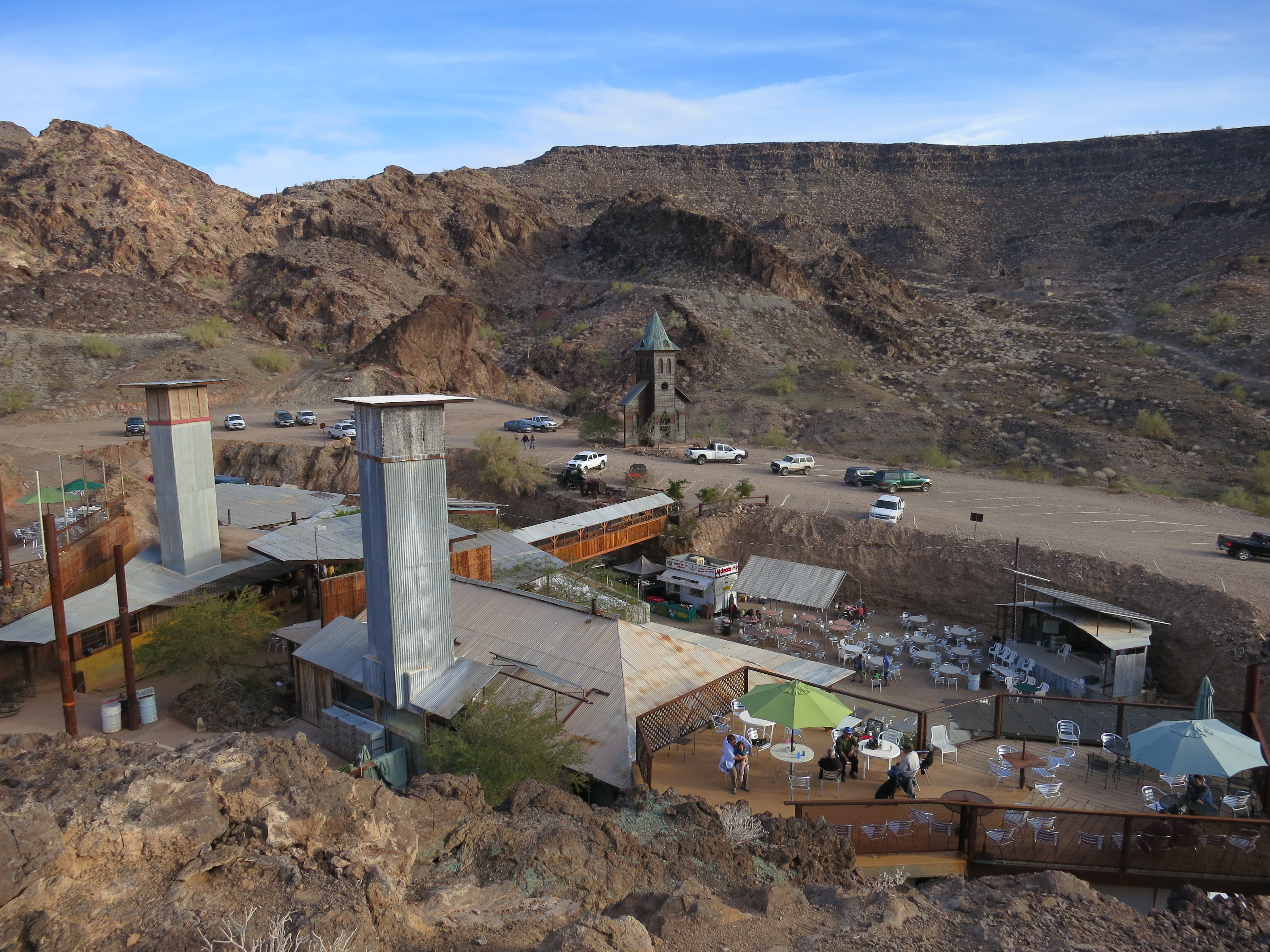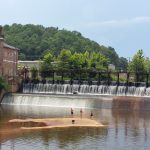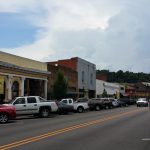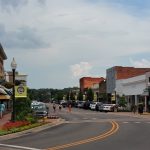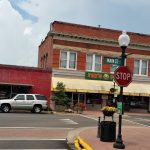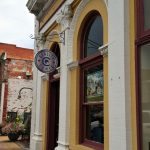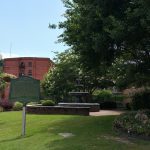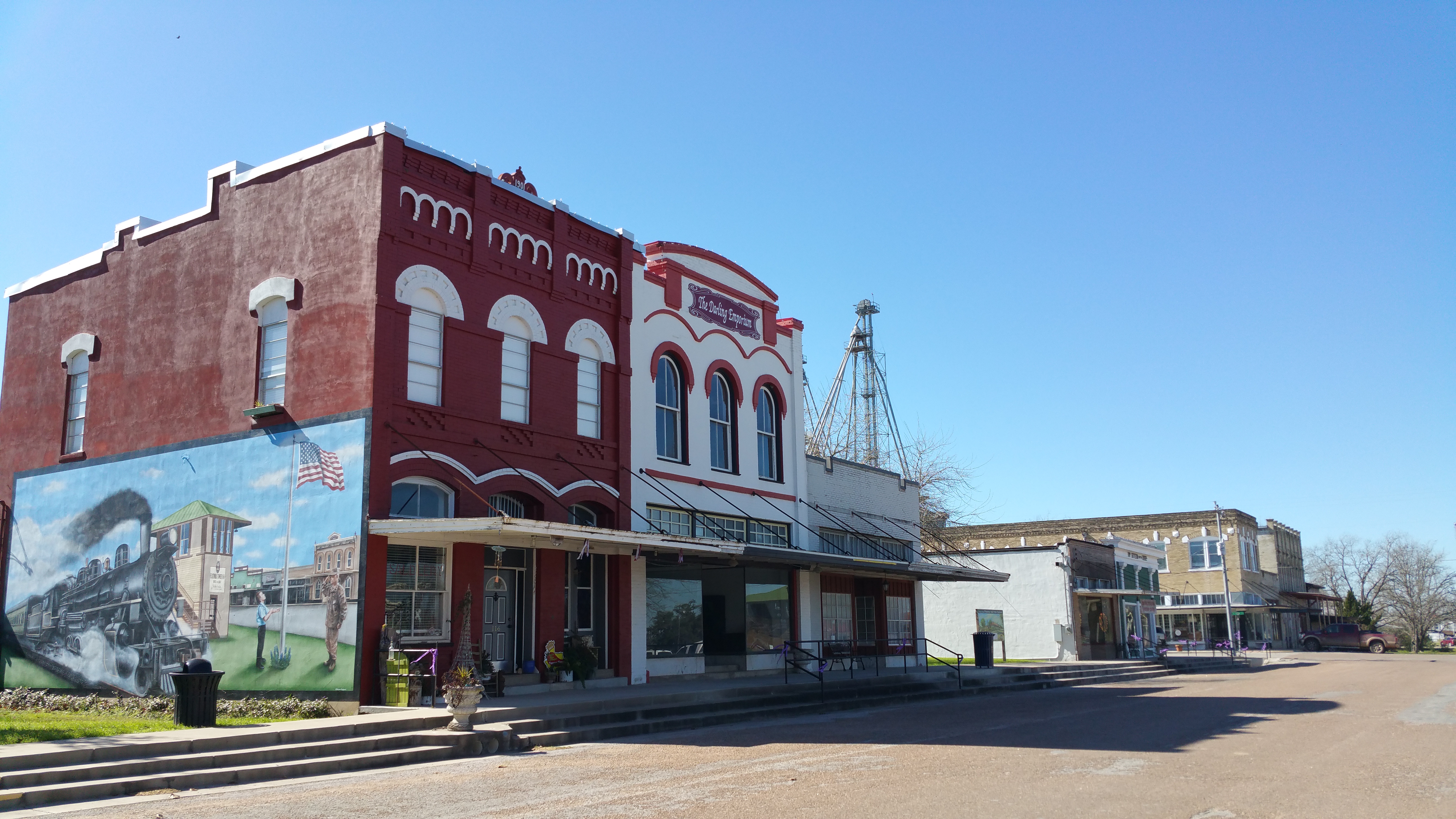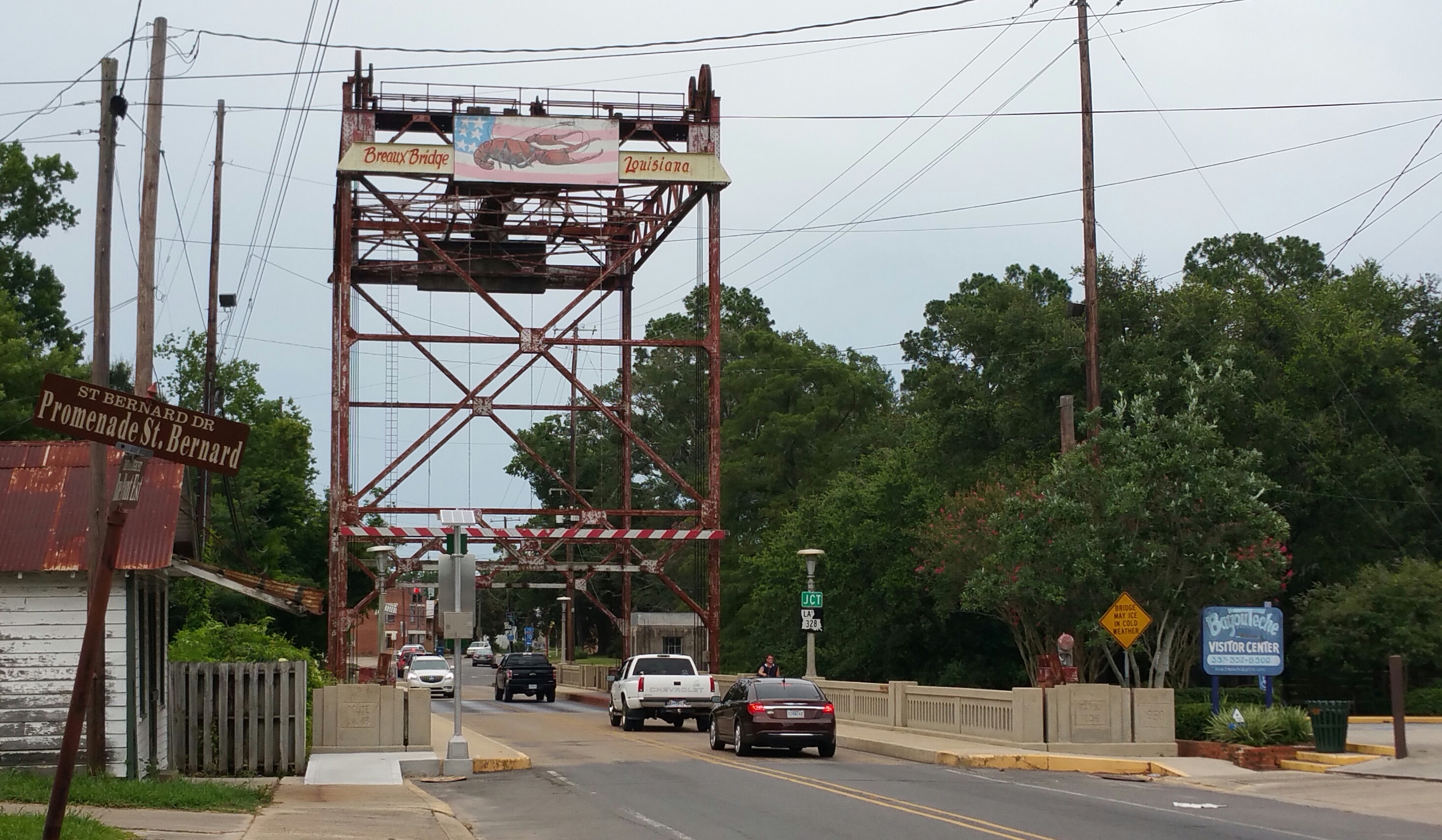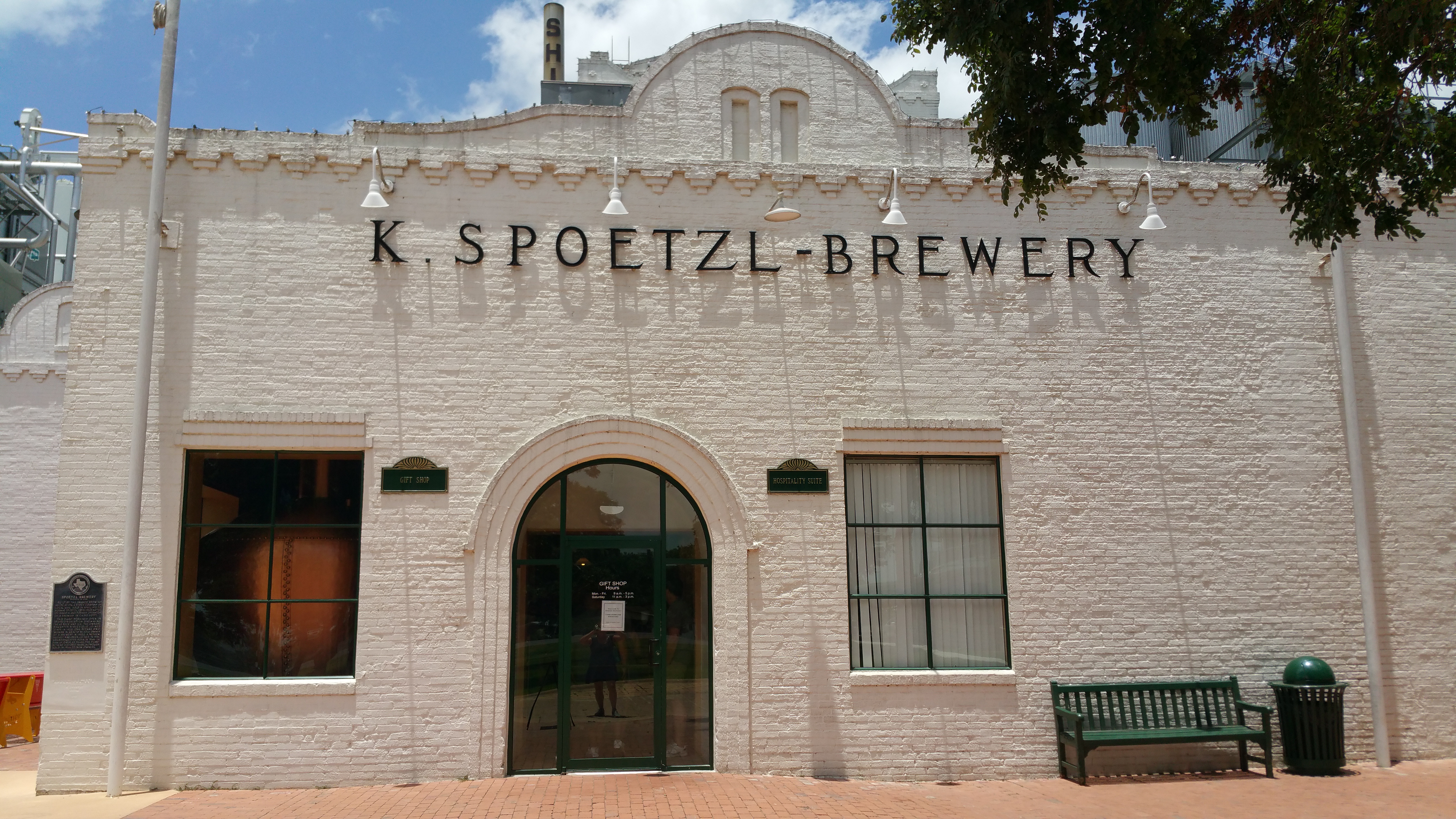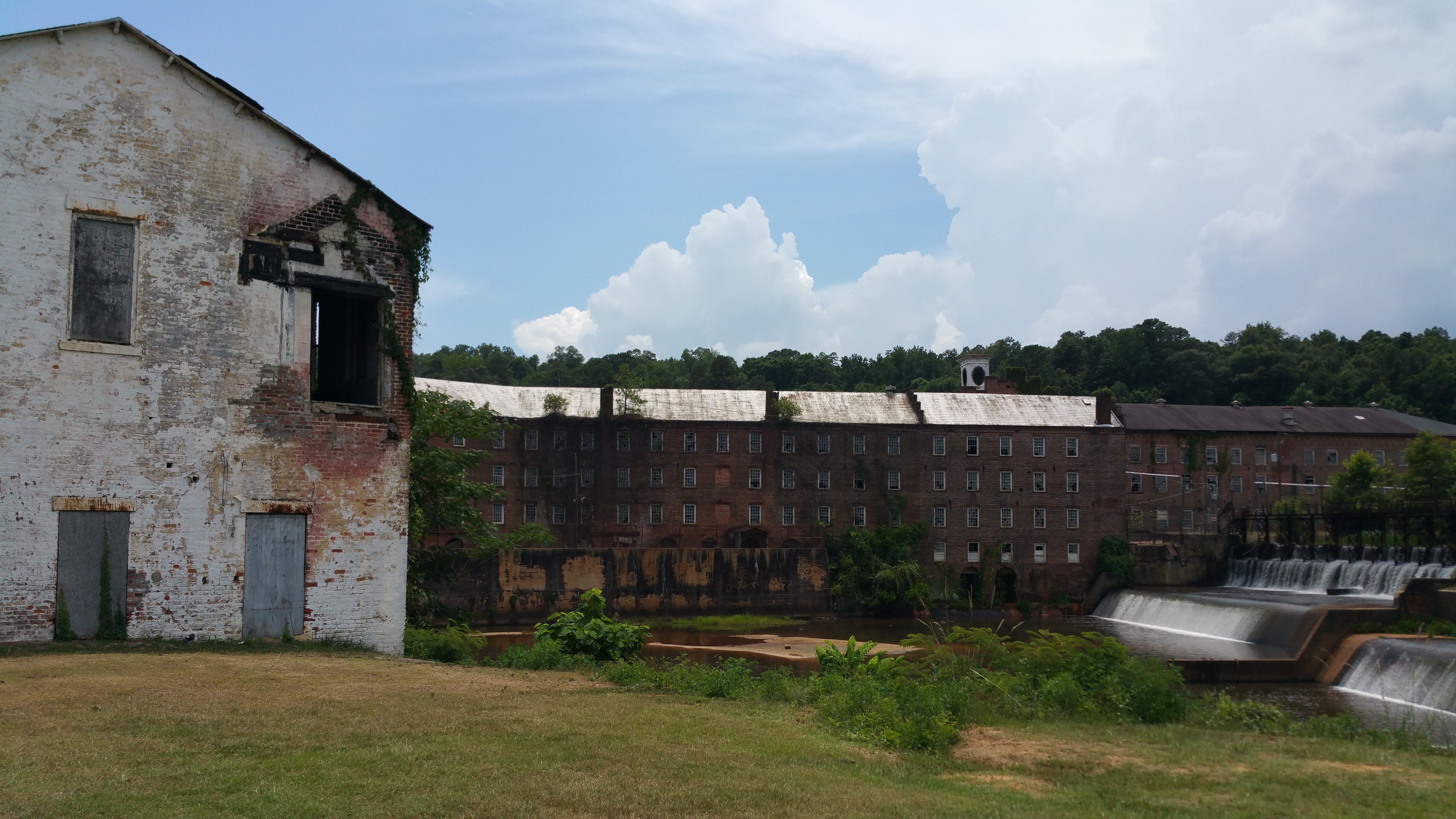
Prattville, Alabama
At first glance, Prattville, Alabama seems geographically confused. It has all the hallmarks of a New England mill town, but it is located in the Deep South. One look at the town’s namesake however explains away the seeming anomaly; Daniel Pratt was a New Hampshirite (which is a real word), and the resemblance was by design.
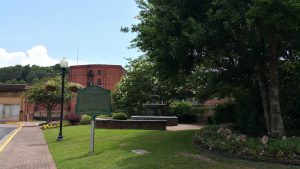
Daniel Pratt, an apprentice architect from Temple, New Hampshire, left his native New England for Savannah in 1819. By 1827 he was one of the leading architect-builders in the South, known for building grand plantations for wealthy planters. His homes, which reflected the neo-classical style popular at the time, had large white columns, spiral staircases and broad hallways; they were widely considered the most beautiful and well built homes in Georgia.
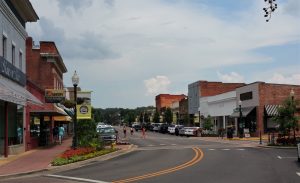
During his travels, Pratt met fellow New England transplant Samuel Griswold, who manufactured cotton gins. So taken with Pratt, he persuaded him to abandon home building and manage his factory. Pratt proved to be exceedingly astute at the cotton gin business, and soon branched off on his own over the state line in Alabama. Although Alabama was still largely populated with Native Americans at this time and thus considered hostile, he felt the state’s river system would be perfect to transport and distribute his gins.
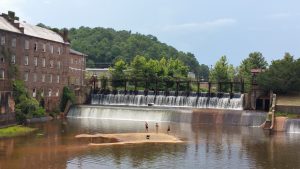
In 1838 Pratt found the perfect location for his factory on the banks of the Autauga Creek, where the flowing water could supply power to the cotton gin manufacturing equipment. The following year a town was established to meet the needs of the factory workers. In addition to business concerns, homes and churches were constructed, as well as Alabama’s first free public school. Pratt then diversified his holdings, establishing a sawmill, gristmill, iron foundry, woolen mill, railroad and bank. Prattville became an industrial center, and Daniel Pratt became Alabama’s first industrialist.
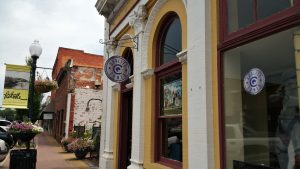
The years leading up to the Civil War were good for Pratt, and the gin mill business. It had become an international concern, with orders coming from as far off as Russia, and topping 1500 gins a year. This would all change in 1861 however, when virtually overnight Pratt lost many of his workers to the military, and the economy soured. He had however amassed a great fortune, and was able to weather the storm. He was able to rebuild after the war, and aid in Alabama’s post war economic recovery.
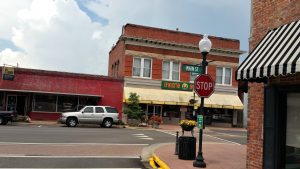
While Pratt died in 1873, his businesses and town live on. While there were several mergers over the years, shockingly cotton gins are still produced by Continental Eagle Corporation in Prattville. However, a 2002 fire gutted the historic cotton mill, leaving behind only a crumbling facade. Otherwise, the town itself has soldiered on, and most of its Greek Revival and Italianate store fronts are occupied. Some are wonderfully retro.

Added to the National Register of Historic Places in 1984, the historic district boasts over 154 buildings, several of them in continuous use since 1850. It is clearly a community that cares deeply about preserving the past, while living in the present. It is absolutely worth the trip from Capitol Hill or Montgomery for lunch at Uncle Mick’s Cajun Market alone. But after lunch make sure to walk around the quaint historic town, which could just as easily be located in Vermont as in Alabama.

